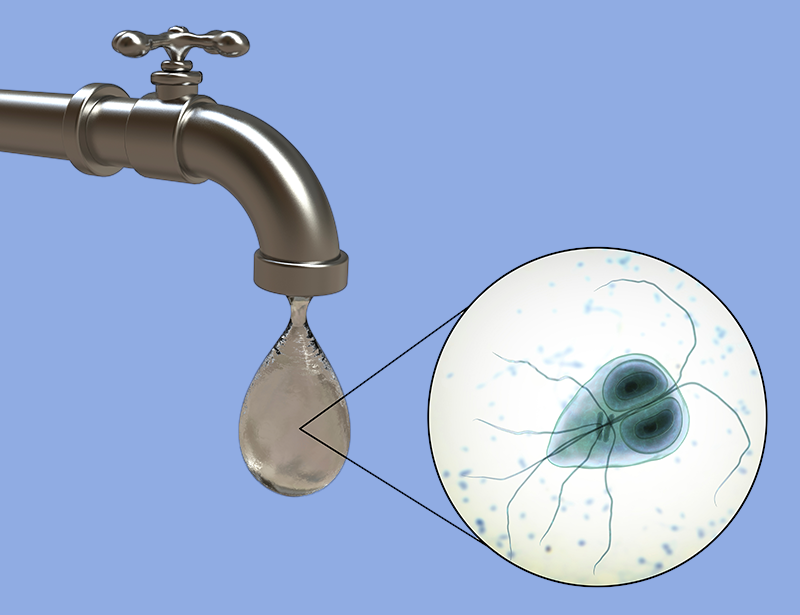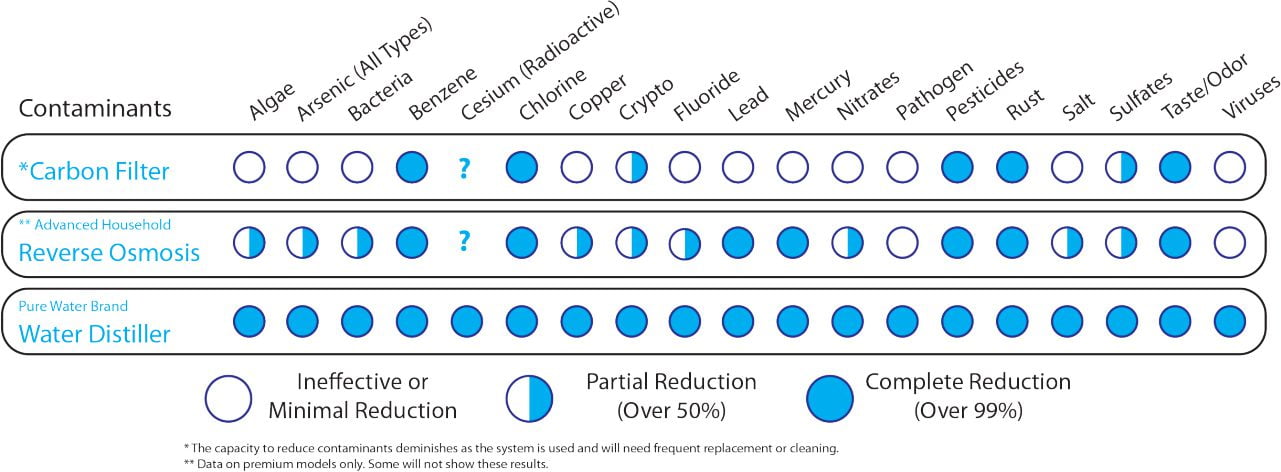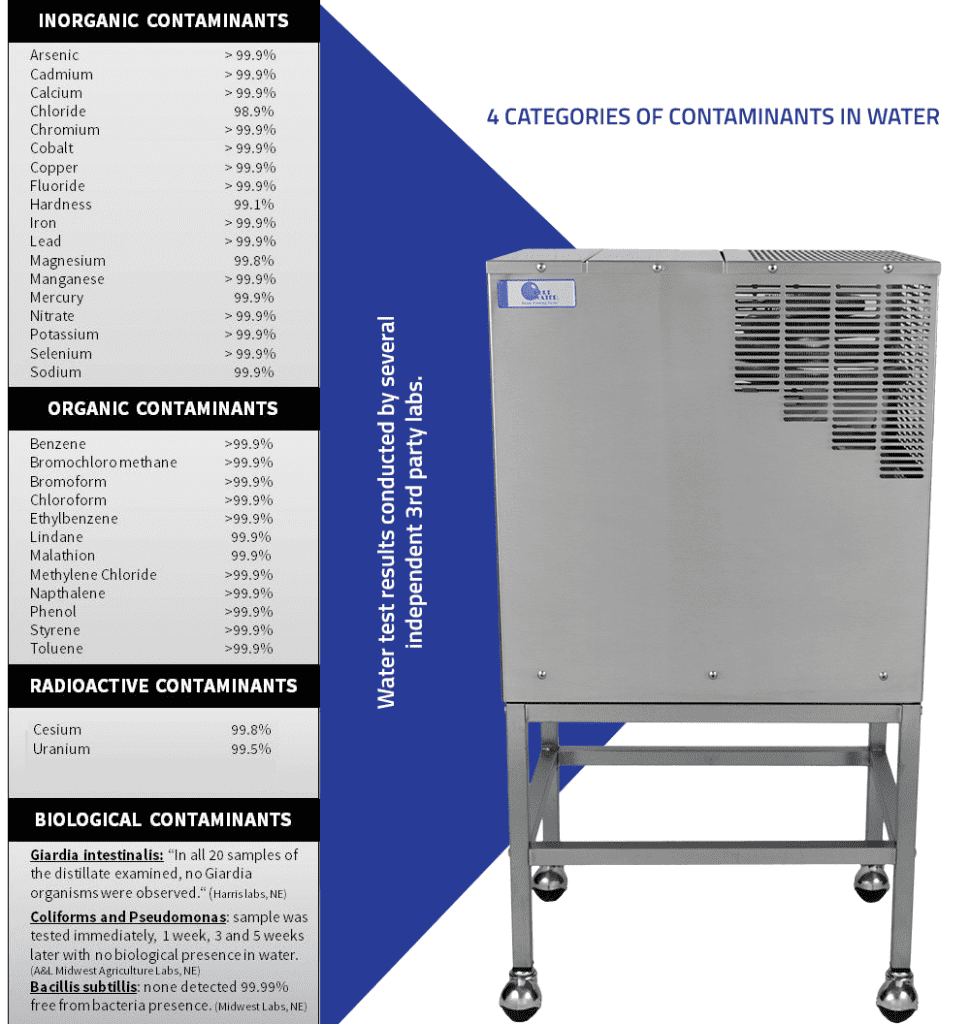Symptoms of Drinking Water with Parasites
Drinking water contaminated with parasites can cause a variety of health issues, ranging from mild discomfort to severe illness. The most common symptoms include gastrointestinal problems such as diarrhea, abdominal cramps, bloating, nausea, and vomiting. In some cases, individuals may experience fever, fatigue, and dehydration. The severity of symptoms often depends on the type of parasite, the individual’s immune system, and the quantity of contaminated water consumed. For example, Cryptosporidium infections can lead to prolonged diarrhea lasting several weeks, especially in people with weakened immune systems. Giardia, another common waterborne parasite, is notorious for causing a condition called giardiasis, which results in persistent stomach issues and weight loss.
How Do Parasites Get Into Tap Water?
Parasites can enter tap water through various means. One common pathway is contamination of water sources such as rivers, lakes, and reservoirs by human or animal feces. Runoff from agricultural activities, untreated sewage, and stormwater can carry parasite-laden waste into these water sources. Additionally, aging or damaged water infrastructure, including cracked pipes, can allow parasites to infiltrate the water supply. Treatment plants are designed to filter and disinfect water, but if the treatment process is inadequate or compromised, parasites can remain in the supply. Furthermore, natural disasters like floods can overwhelm water treatment systems, increasing the risk of contamination.
Can Bottled Water Have Parasites?
While bottled water is often marketed as a safer alternative to tap water, it is not immune to contamination. In the United States, bottled water is regulated by the Food and Drug Administration (FDA), which requires producers to meet specific safety standards. However, lapses in manufacturing processes or storage can lead to contamination. For instance, if the source water used for bottling is not adequately treated, it could contain parasites. Improperly sealed bottles or poor hygiene during production can also introduce contaminants. Consumers should look for labels indicating that the water has undergone rigorous purification processes such as reverse osmosis, distillation, or ultraviolet treatment to minimize the risk of parasites.
Do Pitcher Filters Remove All Parasites?
Pitcher filters, such as those made by popular brands, are convenient for improving water taste and removing some impurities. However, most pitcher filters are not designed to eliminate all parasites. These filters typically use activated carbon to reduce chlorine, sediment, and certain chemicals, but they may not effectively remove microscopic organisms like Cryptosporidium or Giardia. Some advanced filters are certified to remove specific contaminants, including certain parasites, so it is important to check the product’s certification and specifications. For complete parasite removal, more robust filtration systems or additional purification steps may be necessary.
Does Reverse Osmosis Remove All Parasites?
Reverse osmosis (RO) is one of the more effective methods for removing parasites from drinking water. This process forces water through a semipermeable membrane that filters out contaminants, including bacteria, viruses, and parasites. Cryptosporidium and Giardia are too large to pass through the tiny pores of the RO membrane, making this method effective against these parasites. However, the system’s effectiveness depends on proper maintenance. If the membrane becomes damaged or clogged, its ability to filter parasites diminishes. Regular cleaning and timely replacement of filters are essential to ensure optimal performance.
Does Boiling Water Kill and Remove All Parasites?
Boiling water is a simple yet effective method to kill most parasites. Bringing water to a rolling boil for at least one minute (or three minutes at higher altitudes) can destroy parasites such as Cryptosporidium and Giardia. Boiling works by exposing the parasites to high temperatures, which break down their cell structures and render them inactive. However, while boiling kills parasites, it does not remove them from the water. The dead organisms and other impurities remain, which may affect water clarity and taste. For best results, boiled water can be filtered to remove any residual debris.
Does Distillation Remove All Parasites?
Water distillation systems are one of the most thorough methods for purifying water and is highly effective at removing parasites. The process involves heating water to create steam, which then condenses back into liquid form, leaving contaminants behind. Parasites, along with bacteria and viruses, are unable to survive the high temperatures required for steam production. This method also removes other impurities such as heavy metals and unwanted toxins.
Real News Examples of Parasites in Water in the U.S.A.
Several instances of parasite contamination in drinking water have been reported across the United States, highlighting the potential risks. In Milwaukee, Wisconsin, a 1993 outbreak of Cryptosporidium affected over 400,000 people, causing severe diarrhea and illness. This incident was linked to contamination in the city’s water treatment system, underscoring the importance of robust filtration and monitoring.
In Clark County, Nevada, Giardia was detected in a public water system in 2015, leading to an advisory for residents to boil their water before consumption. The contamination was attributed to untreated runoff entering the water supply.
In Jackson, Mississippi, aging water infrastructure has posed ongoing challenges, including potential exposure to various contaminants. While the city has not reported specific parasite outbreaks, the deteriorating system raises concerns about its ability to prevent such incidents in the future.
These cases illustrate the importance of maintaining and upgrading water treatment infrastructure to prevent parasite-related health crises.
Protect Your Health
Parasites in drinking water pose significant health risks, causing a range of symptoms from mild discomfort to severe gastrointestinal illness. Contamination can occur through various pathways, including inadequate treatment, aging infrastructure, and natural disasters. While bottled water and pitcher filters offer some level of protection, they may not eliminate all parasites. Advanced methods such as distillation are more effective at ensuring safe drinking water. Real-world examples highlight the consequences of insufficient water treatment and the importance of vigilance in protecting public health. In the end, it is up to each person to make sure their water quality is up to their personal standards. If you want to be sure that parasites and dead organisms will be removed from your drinking water, then purchasing a water distiller machine is the answer.








Leave a Reply